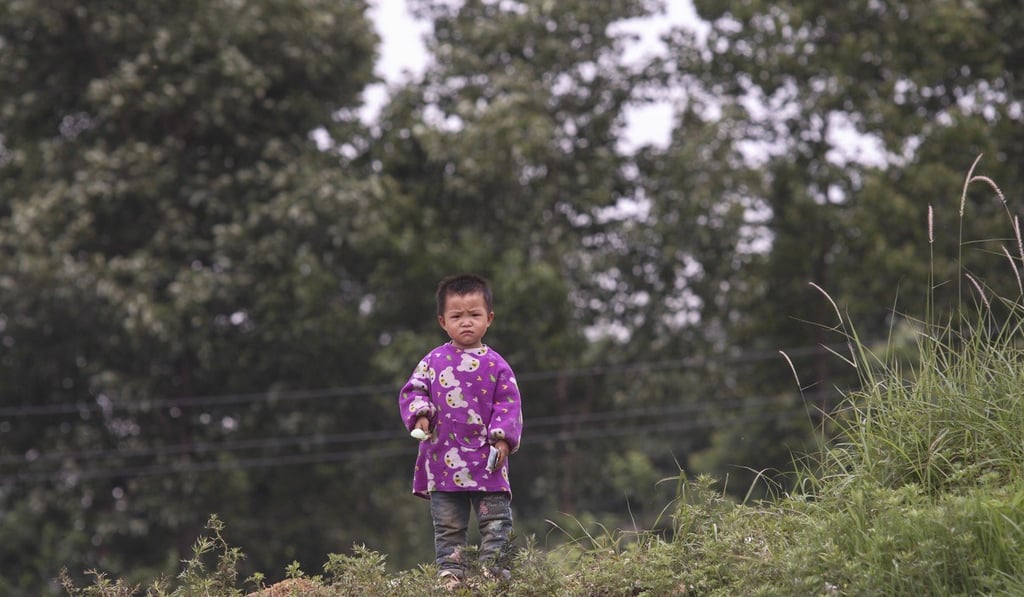Five things to know about China’s huge anti-poverty drive

Poverty alleviation is expected to be a major policy goal of President Xi Jinping during his second term in office after a Communist Party congress this autumn, according to analysts.
China has already lifted more than 500 million people out of poverty after three decades of economic reforms on the mainland.
The central government has outlined an ambitious plan to completely eliminate poverty in rural areas by 2020. Here are five key points about the poverty eradication drive:
1. What criteria does China use to measure poverty?

Fourteen areas, mainly mountainous regions in former communist revolutionary bases such as around Liupan mountain in Guizhou province, the Dabie mountain area in Anhui, Hubei and Henan provinces and the Taihang mountain area in Hebei were ruled as suffering from particularly acute poverty.